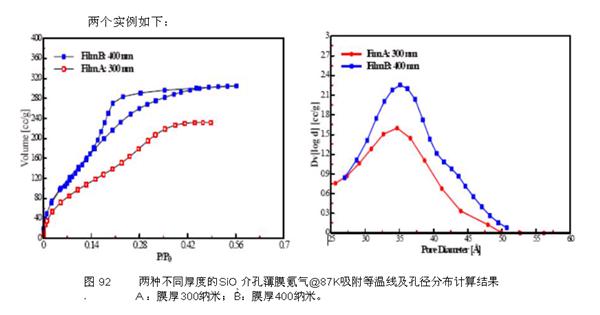![]()
0201 - Murata muRata film inductors, original and authentic, assured purchase
Mesoporous silica films, typically ranging in thickness from 300 nm to 900 nm, are widely used in various applications such as sensors, low dielectric films, and other advanced technologies. The introduction of mesopores into the film structure plays a crucial role in reducing the dielectric constant of the material, making it highly desirable for high-performance electronic devices.
The dielectric constant of a thin film is closely related to its pore size distribution and pore volume. Mesopores smaller than 10 nm are particularly effective in minimizing the dielectric constant. However, larger pores (over 10 nm) can lead to structural defects during manufacturing, which may cause device failure. Accurate measurement of pore characteristics is therefore essential for quality control and performance optimization.
Traditional methods like gas adsorption, especially using nitrogen or argon at temperatures of 77K or 87K, have been widely used for pore characterization. However, these techniques face limitations when applied to thin films due to the small total pore volume and surface area, resulting in very small pressure changes during adsorption. This makes conventional analysis less effective for ultra-thin materials.
Recently, a new method has emerged that uses helium gas for pore size analysis at liquid argon temperature (87K). This technique is implemented in advanced instruments such as the 3H-2000 series of fully automatic physical adsorption analyzers. It is not only suitable for silica-based mesoporous films but also for other mesoporous materials with oxidized surfaces.
This method was chosen over traditional nitrogen or argon methods because:
1. **Saturated Vapor Pressure Difference**: At 77K, helium has a saturated vapor pressure of about 1.6 torr, while at 87K, it increases to approximately 13 torr. This higher pressure allows more accurate pore size analysis, even down to micropores (as small as 0.7 nm), with better resolution when using molecular pumps and low-pressure sensors.
2. **Physical Behavior at Different Temperatures**: At 77K, helium undergoes both capillary condensation and desublimation, which complicates data interpretation. At 87K, only capillary condensation occurs, simplifying the analysis and improving accuracy.
When applying this method, the first step involves calibrating the system using well-characterized mesoporous materials such as MCM-41, SBA-15, or MCM-48. Nitrogen adsorption measurements are performed at 77K, and argon at 87K, to calculate pore diameter and volume using the NLDFT (Non-Local Density Functional Theory) method.
Next, helium isotherms are measured at 87K, and the pore size distribution is determined based on the previous calibration. Finally, the density of the condensed liquid phase within the pores is calculated using the known pore volume and helium adsorption amount. The average liquid phase enthalpy density obtained from the test was found to be 2.6 g/cm³, which aligns with theoretical predictions. This enables the accurate calculation of the total pore volume in the film.

Solid State Battery
Sollid state lead battery,OPZV lead free batteries,VRLA Tubular Gel Battery,100kw off grid solar system cost,100kw hybrid solar system,hybrid solar wind system
EMoreShare International Trade (Suzhou) Co., Ltd , https://www.emoreshare.com


